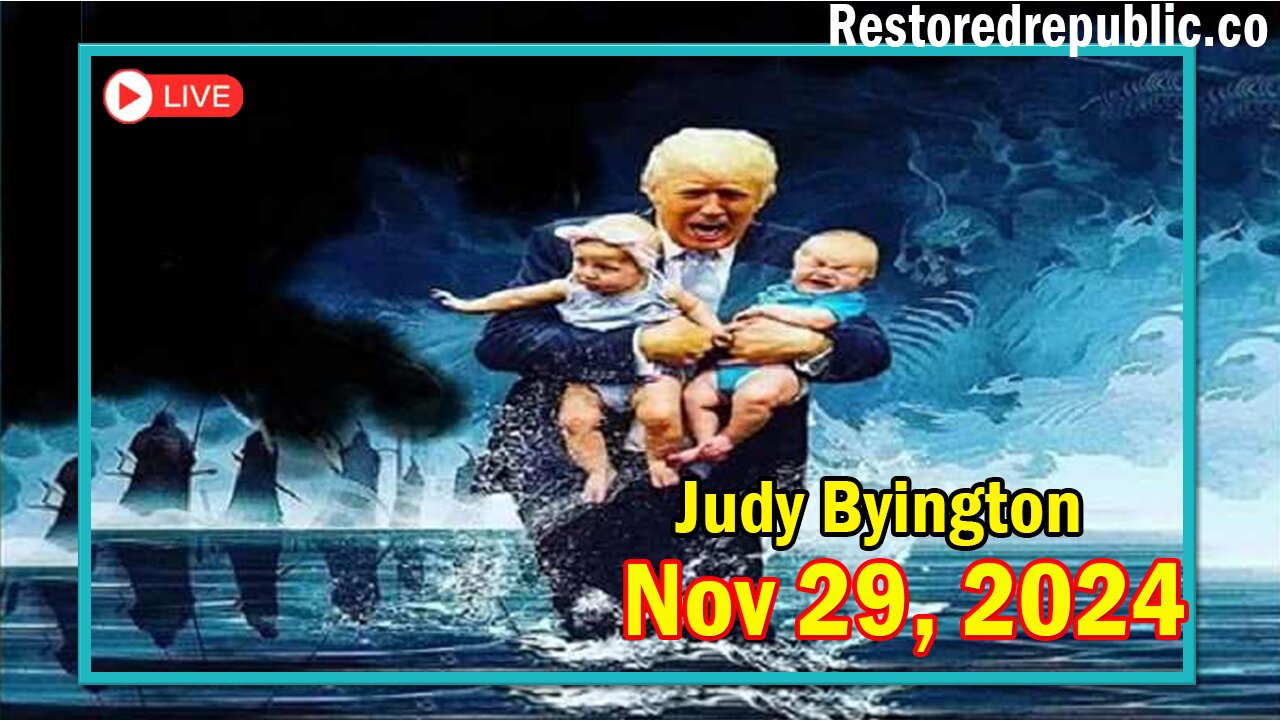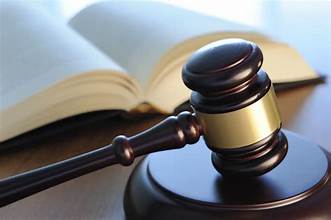The Restored Republic Movement: A New Era of Political Change

The Restored Republic movement represents a growing political shift toward a return to a constitutional republic system, where governance is rooted in the principles of sovereignty, freedom, and individual rights. At its core, this movement calls for a drastic transformation in how governments are structured and how citizens engage in the political process. The movement is centered on the belief that the traditional systems in place today are no longer serving the people’s best interests, and there is a growing desire to reclaim the power of governance for the people.
The Restored Republic is not just about restoring a political system; it’s about reviving a government that prioritizes the protection of natural rights, limits governmental control, and empowers individuals. This concept contrasts sharply with current democratic models, where political power is often concentrated in the hands of a few elected representatives, which can lead to corruption and disillusionment.
In practical terms, Restored Republic advocates for legal reforms and constitutional changes that bring the country back to its original republican roots—governance by the people, for the people, under laws that respect individual freedoms.
Why Is the Restored Republic Gaining Momentum?
The Restored Republic is gaining momentum because people are increasingly frustrated with the limitations of the current political systems. Citizens are looking for an alternative that offers greater control over their lives and greater accountability from those in power. This desire for change has led to a global movement that seeks to restore sovereignty and redefine what it means to be governed by the people.
Several factors contribute to this rising interest in the Republic restoration movement. First, economic instability has shown how fragile current systems are, often prioritizing corporate interests over the well-being of the citizens. Second, increasing political polarization has led many to question the effectiveness of current democratic systems, which are seen as more divisive than unifying.
Globally, people are seeing the failures of traditional political systems and are looking for alternatives. The Republic movement offers a fresh path forward—one rooted in the original constitutional law that prioritizes the protection of individual freedoms and national sovereignty.
The Core Values of the Restored Republic Movement
At the heart of the Restored Republic movement are core values that are directly tied to the sovereignty of the nation and the protection of individual liberties. These values provide the foundation for the push toward national restoration and political renewal.
Sovereignty: The movement calls for a return to sovereign governance, where the power to govern is not relinquished to foreign powers or centralized international bodies but remains firmly within the hands of the people. Sovereignty ensures that the people have control over their own destiny and are not subject to laws or mandates imposed from outside forces.
Republic Government: Unlike the modern democratic systems in place today, the Republic government framework under the Restored Republic system emphasizes checks and balances, ensuring no single branch of government has excessive power. This creates a more balanced, fair, and accountable system of governance that promotes the welfare of all citizens.
Civic Engagement: A strong emphasis is placed on citizen empowerment and the belief that every individual has a duty to participate in governance. Civic duty is seen as essential to ensuring that the government remains accountable to the people it serves.
How Does the Restored Republic Differ From Traditional Systems?
The Restored Republic presents a stark contrast to the political systems in place today. Most modern nations operate under a form of democracy, where power is vested in elected officials. In contrast, the Restored Republic emphasizes direct sovereignty for the people and limits government authority.
Key differences include:
Republic vs Democracy: In a democracy, the majority rules, often leading to decisions that don’t fully represent the best interests of every individual. In the Restored Republic, the focus is on individual rights and natural law, where the government is limited to ensuring that those rights are protected. The government’s role is not to dictate policy but to enforce laws that support personal freedoms.
Political Revolution: The Restored Republic advocates for a political revolution that removes corruption, restores constitutional law, and establishes a system where governance truly reflects the will of the people.
These foundational principles make the Restored Republic a movement that challenges the status quo, seeking a complete overhaul of traditional systems that have proven inadequate in serving the people's needs.
What Is the Future of the Restored Republic?
As the Restored Republic movement gains traction, its influence is expected to grow, not just within national borders but globally. Political movements are often cyclical, and the Restored Republic could be the next step in the evolution of governance systems worldwide.
Key factors that will influence its future include:
Political Upheaval: As more nations experience political instability and corruption, the Restored Republic could provide a framework for the restoration of law and order.
Legal Restoration: The Restored Republic is not merely a political movement but also a legal restoration movement that seeks to restore the rule of law, emphasizing the importance of constitutional law and sovereignty.
The future of the Restored Republic will likely see greater discussions around legal reforms and changes to governance structures, not only in the United States but in other nations experiencing similar struggles.
Key Principles Behind the Restored Republic Movement
Sovereignty and the Fight for National Rebirth
At the heart of the Restored Republic is the principle of sovereignty. This involves reasserting the rights of the nation to govern itself without undue influence from foreign powers or external bodies. The movement seeks to restore the nation’s sovereignty through political and legal reforms that ensure citizens retain control over their government.
This fight for national rebirth goes hand in hand with the desire to reform the current political system. Many proponents of the Restored Republic believe that modern democratic systems have led to too much centralized power, weakening the individual’s sovereignty and freedom. The movement seeks a return to the constitutional republic that respects and upholds the rights of the individual.
Semantic Lexical Relation keyword integration: Social restoration, National rebirth
The Role of Grassroots Activism in Republic Restoration
A key feature of the Restored Republic is its reliance on grassroots activism to push for political and social change. This movement is not driven by a central organization but by everyday citizens who are passionate about reclaiming their sovereignty and restoring constitutional governance.
Grassroots efforts play a crucial role in educating the public, organizing political action, and building community support. As individuals become more informed about the Republic restoration movement, they take action by lobbying for political change, supporting like-minded candidates, and spreading the movement’s core values.
Political Resistance: The Backbone of the Movement
The Restored Republic movement thrives on political resistance to the status quo. Many people are disillusioned by the current systems, and as a result, they are looking for ways to actively resist the power structures that they believe are failing them. This resistance can take many forms—from civil disobedience and activism to supporting alternative political candidates who align with the movement’s values.
FAQs about the Restored Republic Movement
What is the Restored Republic, and Why Is It Important?
The Restored Republic is a political movement that seeks to restore the principles of constitutional governance, ensuring sovereignty and individual rights are protected. It is important because it offers an alternative to the current political systems that many believe no longer serve the people effectively.
How Does the Restored Republic Differ from Democracy?
The Restored Republic emphasizes sovereignty and individual rights over majority rule, which is common in democratic systems. It advocates for a government limited by constitutional law, where the power ultimately lies with the people.
How Can I Get Involved in the Restored Republic Movement?
You can get involved by joining online forums, attending rallies, educating yourself and others, and supporting policies that align with the movement’s core values, such as sovereignty and constitutional reform.
What Are the Key Legal Reforms the Movement Seeks?
The Restored Republic movement seeks significant legal reforms, including changes to constitutional law to restore sovereignty and ensure that government is accountable to the people it serves.
Will the Restored Republic Movement Affect Global Politics?
Yes, as the movement grows, it could influence global politics by promoting the idea of sovereign nations and constitutional reform worldwide, inspiring other nations to reevaluate their own political systems.
Read More
Note: IndiBlogHub features both user-submitted and editorial content. We do not verify third-party contributions. Read our Disclaimer and Privacy Policyfor details.







